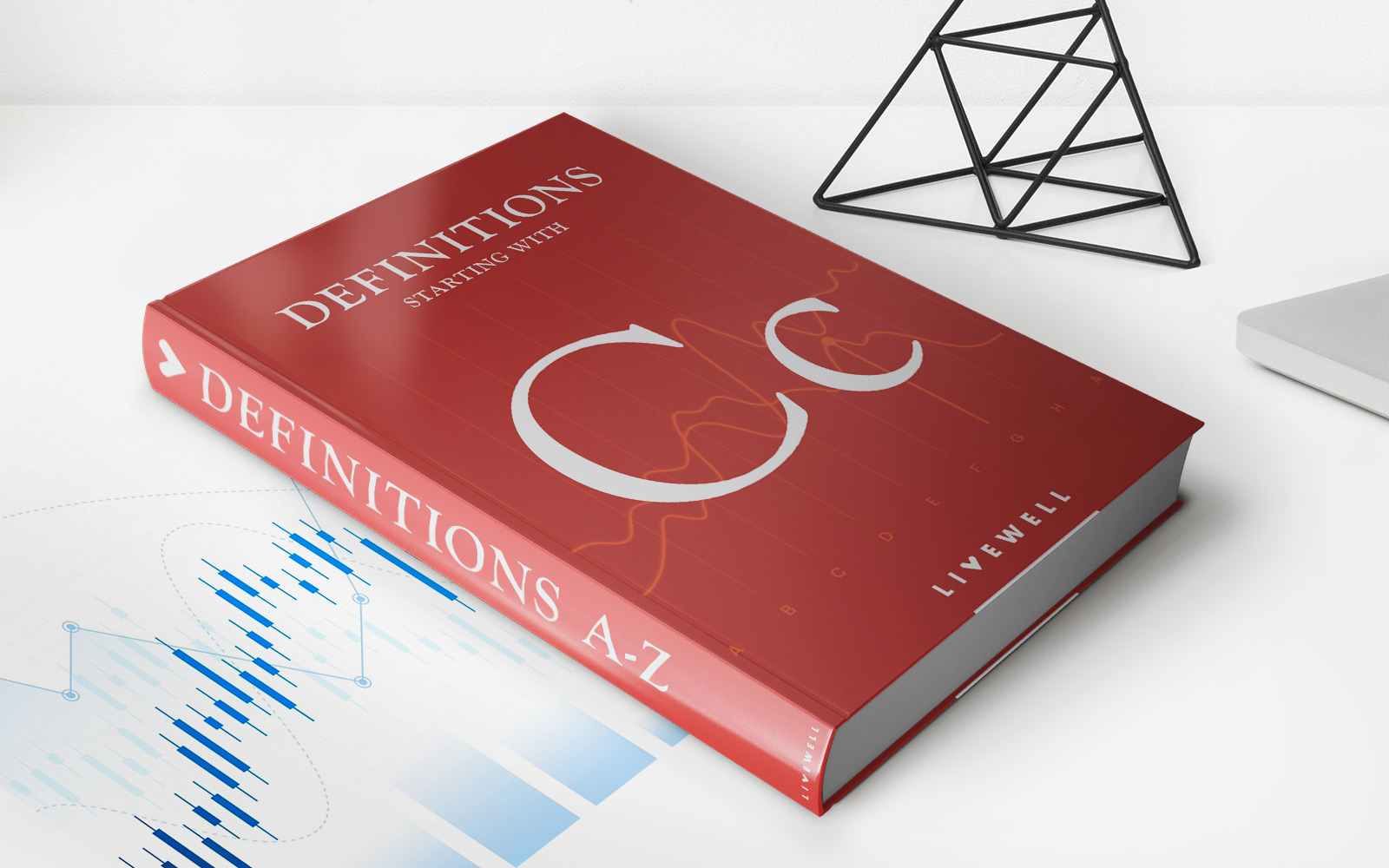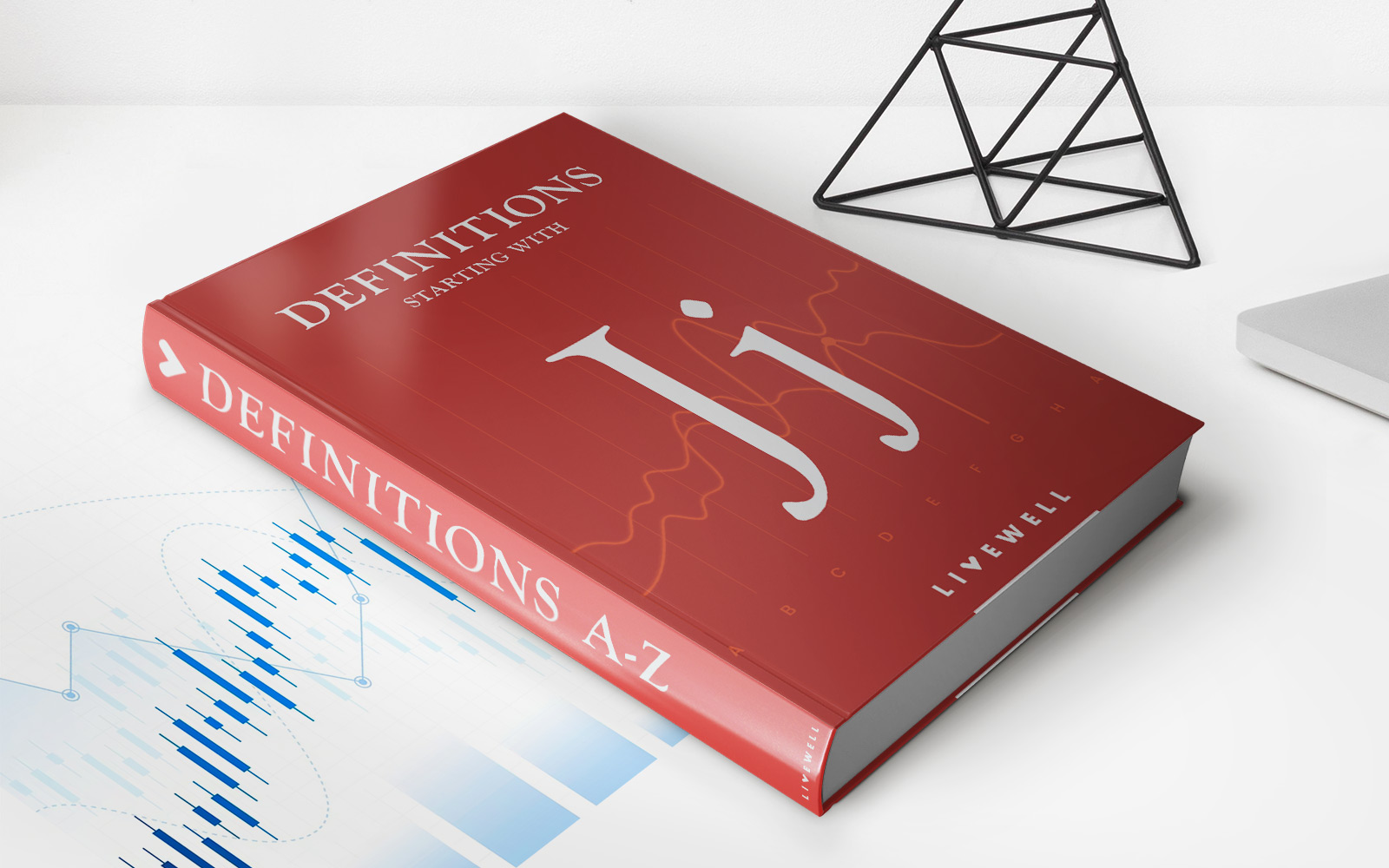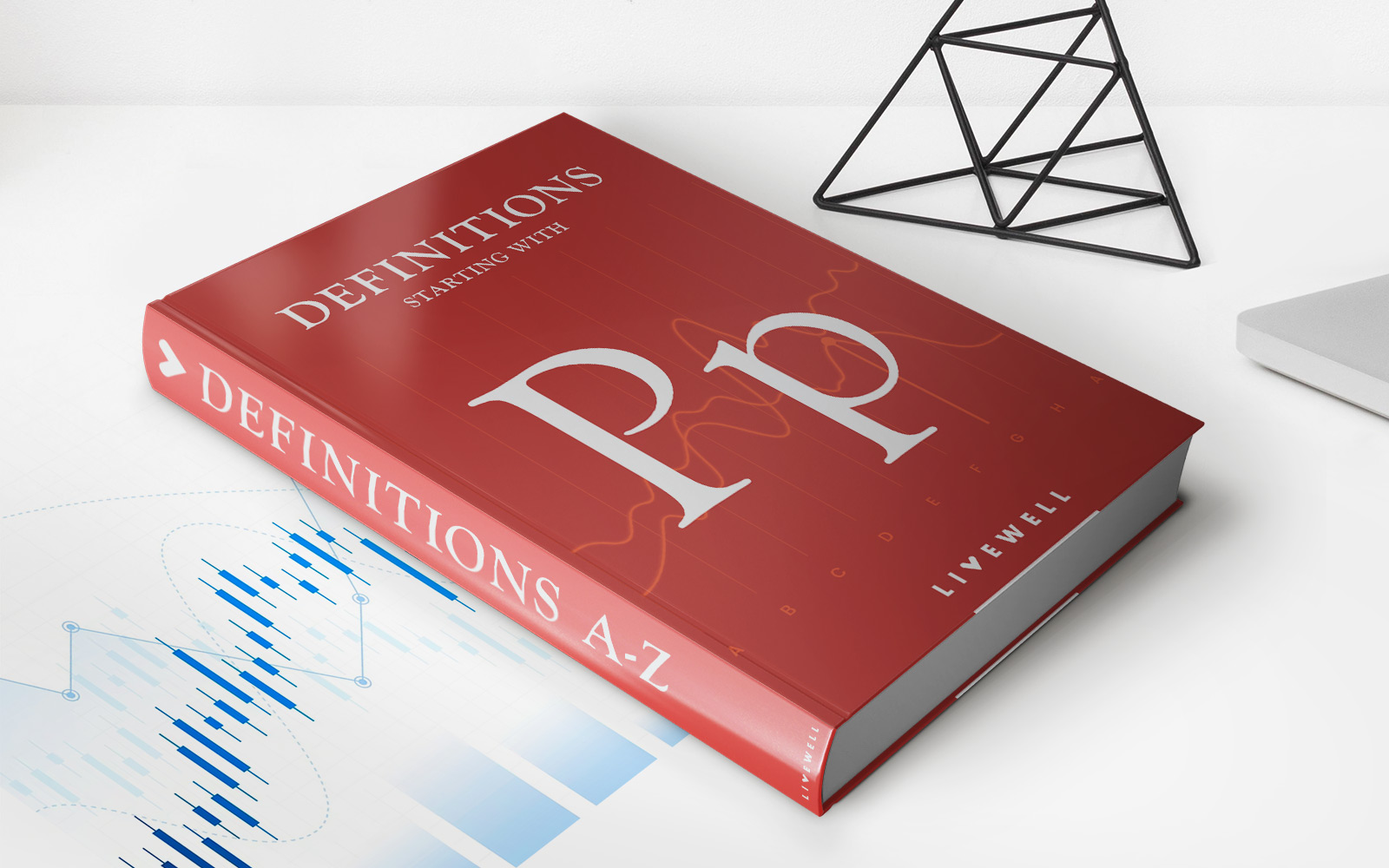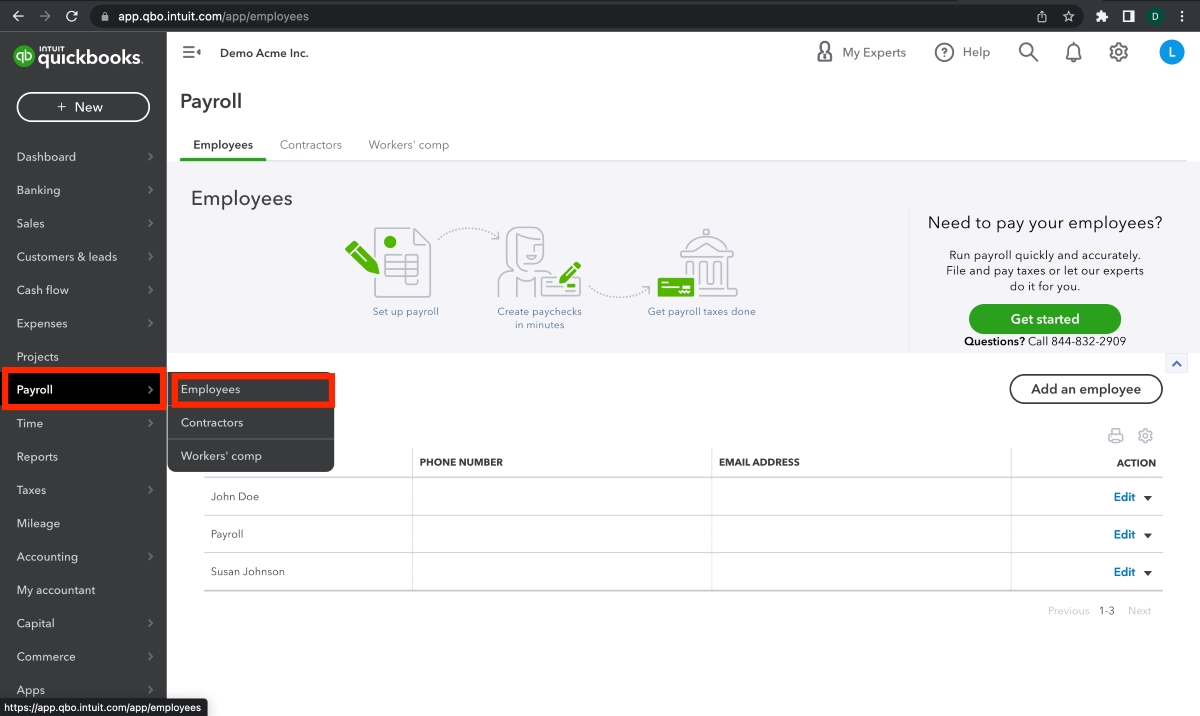

Finance
What Is An Ideal Credit Utilization Ratio
Published: March 6, 2024
Learn how to optimize your credit utilization ratio for better financial health. Discover the ideal ratio and its impact on your credit score. Take control of your finances with these expert tips.
(Many of the links in this article redirect to a specific reviewed product. Your purchase of these products through affiliate links helps to generate commission for LiveWell, at no extra cost. Learn more)
Table of Contents
Introduction
Welcome to the world of credit utilization ratio, an essential metric that plays a significant role in determining your overall creditworthiness. Whether you’re a seasoned credit user or just beginning to navigate the realm of personal finance, understanding the nuances of credit utilization ratio is crucial for maintaining a healthy financial profile. In this article, we’ll delve into the intricacies of this fundamental aspect of credit management, exploring its significance, ideal benchmarks, and practical strategies for optimization.
As you journey through the realms of personal finance, you’ll encounter various terms and concepts that hold immense sway over your financial well-being. Among these, the credit utilization ratio stands as a pivotal factor that can influence your access to credit, interest rates, and overall financial stability. By comprehending the dynamics of this metric, you can empower yourself to make informed decisions and proactively manage your credit effectively.
Throughout this article, we’ll unravel the mysteries surrounding credit utilization ratio, shedding light on its importance, the factors that influence it, and actionable steps for enhancing this critical aspect of your financial profile. Whether you’re aiming to boost your credit score, secure favorable loan terms, or simply gain a deeper understanding of sound financial practices, the insights shared here will serve as a valuable compass on your financial journey.
Understanding Credit Utilization Ratio
At its core, the credit utilization ratio reflects the relationship between the amount of credit you’re currently using and the total amount of credit available to you. This pivotal metric holds considerable weight in the realm of credit scoring, as it provides lenders and financial institutions with insights into your borrowing habits and financial prudence.
Expressed as a percentage, the credit utilization ratio offers a clear snapshot of how much of your available credit you’re actively utilizing. For instance, if your total credit card limits amount to $10,000 and your current outstanding balances total $2,000, your credit utilization ratio would be 20%. This figure serves as a crucial indicator of your ability to manage credit responsibly, with lower percentages generally signaling a more favorable financial position.
It’s important to note that credit utilization ratio applies not only to individual credit cards but also to the cumulative utilization across all your revolving credit accounts, such as credit cards and lines of credit. By maintaining a low credit utilization ratio, you demonstrate to potential lenders that you’re using credit conservatively and are not overly reliant on borrowed funds, thereby bolstering your creditworthiness.
Understanding the mechanics of credit utilization ratio is paramount for anyone seeking to fortify their financial standing. By grasping the intricacies of this metric, you can take proactive steps to optimize your credit utilization ratio, thereby enhancing your overall financial health and bolstering your creditworthiness in the eyes of lenders and credit bureaus.
Importance of Credit Utilization Ratio
The credit utilization ratio holds immense significance in the realm of credit assessment and plays a pivotal role in shaping your overall financial landscape. Lenders and credit scoring models consider this metric a key indicator of responsible credit management, making it a crucial factor in determining your creditworthiness.
When evaluating loan applications or assessing the risk profile of a potential borrower, financial institutions often scrutinize the credit utilization ratio to gauge how prudently an individual manages their available credit. A lower utilization ratio typically signals that an individual is using credit responsibly, which can positively influence credit scores and, in turn, lead to more favorable loan terms and interest rates.
Conversely, a high credit utilization ratio can raise red flags for lenders, as it may indicate a heavy reliance on credit and potentially overextended financial commitments. This can result in a negative impact on credit scores and may hinder access to new credit or lead to less favorable borrowing terms.
Furthermore, maintaining a low credit utilization ratio is not only crucial for credit scoring purposes but also for overall financial stability. By utilizing credit conservatively and keeping the ratio at a modest level, individuals can mitigate the risk of accumulating excessive debt and falling into a cycle of financial strain. This, in turn, fosters a healthier financial outlook and empowers individuals to navigate their financial obligations with greater ease and confidence.
Recognizing the pivotal role of credit utilization ratio in shaping creditworthiness and financial stability underscores the importance of actively managing and optimizing this metric. By doing so, individuals can position themselves favorably in the eyes of lenders, secure better borrowing terms, and cultivate a robust financial foundation that supports their long-term financial aspirations.
Factors Affecting Credit Utilization Ratio
Several factors can influence your credit utilization ratio, ultimately shaping this critical metric that holds sway over your creditworthiness and financial well-being. Understanding these factors is pivotal for proactively managing your credit utilization ratio and optimizing it to reflect responsible credit usage.
- Credit Card Balances: The outstanding balances on your credit cards directly impact your credit utilization ratio. Higher balances relative to your credit limits can elevate your utilization ratio, potentially signaling a greater reliance on borrowed funds.
- Credit Limit Adjustments: Changes in your credit limits, whether through credit limit increases or reductions, can directly impact your credit utilization ratio. An increase in credit limits can lower your ratio, provided your balances remain consistent, while a reduction in credit limits can elevate the ratio.
- Opening/Closing Accounts: Opening new credit accounts or closing existing ones can influence your overall available credit, subsequently affecting your credit utilization ratio. Opening new accounts can increase your available credit, potentially lowering your ratio, while closing accounts may reduce your available credit, leading to a higher utilization ratio.
- Payment Patterns: Your payment habits play a crucial role in shaping your credit utilization ratio. Timely payments that reduce outstanding balances can positively impact your ratio, while late or minimal payments may elevate it.
- Balances Across Accounts: The distribution of balances across your various credit accounts can impact your overall utilization ratio. Concentrated balances on a single account can elevate the utilization ratio for that specific account, potentially influencing your overall ratio.
By recognizing the factors that can influence your credit utilization ratio, you can take proactive steps to manage and optimize this critical metric. By maintaining lower balances, being mindful of credit limit adjustments, strategically approaching account openings and closures, and cultivating healthy payment habits, you can work towards achieving an optimal credit utilization ratio that reflects prudent credit management and supports your long-term financial goals.
What Is an Ideal Credit Utilization Ratio?
The ideal credit utilization ratio is a pivotal benchmark that individuals should strive to achieve and maintain to bolster their creditworthiness and overall financial well-being. While specific ideal ratios may vary slightly among different credit scoring models, a commonly recommended guideline is to aim for a credit utilization ratio below 30%.
Maintaining a utilization ratio below 30% signals to lenders and credit bureaus that you are using credit responsibly and not overly reliant on borrowed funds. This demonstrates prudent financial management and can positively influence credit scores, potentially leading to more favorable loan terms and interest rates.
While the 30% threshold serves as a widely recognized guideline, aiming for an even lower utilization ratio, ideally below 10% or even 5%, can further bolster your credit profile. By keeping your credit utilization ratio at a minimal level, you convey a strong message of financial responsibility and conservative credit usage, which can yield substantial benefits in terms of credit scoring and lending opportunities.
It’s important to note that the ideal credit utilization ratio applies not only to individual credit cards but also to the aggregate utilization across all your revolving credit accounts. By managing your credit utilization across multiple accounts and striving to keep the overall ratio within the recommended thresholds, you can position yourself favorably in the eyes of lenders and credit evaluators.
Understanding the significance of the ideal credit utilization ratio and actively working towards achieving and maintaining this benchmark is instrumental in fortifying your financial foundation. By adhering to prudent credit utilization practices and keeping your ratio within the recommended thresholds, you can pave the way for improved credit scores, enhanced creditworthiness, and greater financial flexibility in pursuing your aspirations.
How to Improve Credit Utilization Ratio
Improving your credit utilization ratio is a proactive endeavor that can yield substantial benefits in bolstering your creditworthiness and overall financial health. By implementing strategic measures and cultivating sound credit management practices, you can work towards optimizing your utilization ratio and positioning yourself favorably in the realm of credit assessment.
Reduce Credit Card Balances: One of the most effective ways to improve your credit utilization ratio is to focus on reducing the outstanding balances on your credit cards. By diligently chipping away at your balances, you can lower your utilization ratio and convey a strong message of responsible credit usage.
Request Credit Limit Increases: Contacting your credit card issuers to request a credit limit increase can also be a viable strategy for improving your credit utilization ratio. By increasing your available credit while maintaining consistent balances, you can effectively lower your utilization ratio.
Strategically Manage Multiple Accounts: If you possess multiple credit accounts, consider distributing your balances strategically to optimize your overall utilization ratio. Avoid concentrating high balances on a single account, as this can disproportionately elevate your utilization ratio for that specific account.
Regularly Monitor and Pay Balances: Remaining vigilant about your credit card balances and making timely, substantial payments can contribute to lowering your utilization ratio. Consistent efforts to keep balances in check and make prompt payments can yield gradual improvements in your utilization ratio over time.
Avoid Closing Unused Accounts: While it may be tempting to close credit accounts that are not actively used, doing so can potentially diminish your available credit and elevate your utilization ratio. Instead, consider keeping these accounts open to maintain a healthy overall credit utilization ratio.
By implementing these proactive strategies and adopting prudent credit management habits, you can work towards improving your credit utilization ratio and fortifying your financial standing. Consistently monitoring your credit utilization and taking deliberate steps to optimize this critical metric can pave the way for enhanced credit scores, improved access to credit, and greater financial stability.
Conclusion
As we conclude our exploration of the credit utilization ratio, it’s evident that this metric holds profound significance in shaping individuals’ creditworthiness and financial stability. Understanding the dynamics of credit utilization ratio and its impact on credit scoring and lending decisions empowers individuals to take proactive steps in managing their credit effectively.
By recognizing the factors that influence credit utilization ratio and striving to achieve an ideal ratio below 30%, individuals can position themselves favorably in the eyes of lenders and credit evaluators. Maintaining a low utilization ratio, ideally below 10% or 5%, can yield substantial benefits in terms of improved credit scores, enhanced access to credit, and more favorable borrowing terms.
Improving credit utilization ratio requires a concerted effort to reduce credit card balances, strategically manage multiple accounts, and maintain vigilant payment habits. By adhering to these practices, individuals can work towards optimizing their utilization ratio and cultivating a robust financial foundation.
Ultimately, the journey towards achieving an optimal credit utilization ratio is a fundamental aspect of responsible credit management and prudent financial stewardship. By actively managing this critical metric, individuals can pave the way for enhanced creditworthiness, improved financial flexibility, and a solid footing for pursuing their long-term financial aspirations.
As you navigate your financial journey, remember that the credit utilization ratio is not merely a numerical figure but a reflection of your financial prudence and responsible credit usage. By embracing sound credit management practices and striving to maintain an ideal utilization ratio, you can chart a course towards a brighter financial future.














